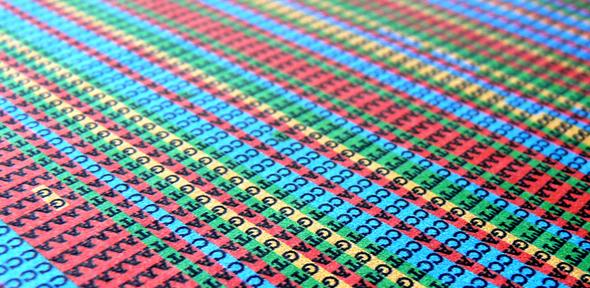
A team of researchers from UCL Great Ormond Street Institute of Child Health, University of Cambridge and the NIHR Rare Disease Bioresource have identified mutations in a gene, called KMT2B, in 28 patients with dystonia. In most cases, the patients — many of whom were young children who were thought to have a diagnosis of cerebral palsy — were unable to walk.
Remarkably, for some patients, treatment with deep brain stimulation, in which electrical impulses are delivered to a specific brain region involved in movement, either restored or significantly improved independent walking and improved hand and arm movement. In one patient, improvements have been sustained over six years.
Given these observations, the team now suggest that testing for mutations in the gene should form part of standard testing for patients with dystonia, as this is emerging to be one of the commonest genetic causes of childhood-onset dystonia.
The research is published in Nature Genetics.
Dystonia is one of the commonest movement disorders and is thought to affect 70,000 people in the UK alone. It can cause a wide range of disabling symptoms, including painful muscle spasms and abnormal postures, and can affect walking and speech.
Through research testing of patients, the team discovered a region of chromosome 19 that was deleted from the genome of some patients with childhood-onset dystonia. Together with the NIHR Rare Disease Bioresource and international collaborators, the team then identified abnormal genetic changes in genomes from a further 18 patients in one gene, called KMT2B, where affected patients carried a mutated in their DNA.
“Through DNA sequencing, we have identified a new genetic movement disorder that can be treated with deep brain stimulation. This can dramatically improve the lives of children with the condition and enable them to have a wider range of movement with long-lasting effects,” says Dr Manju Kurian, paediatric neurologist at Great Ormond Street Hospital and Wellcome Trust-funded researcher at UCL Great Ormond Street Institute of Child Health.
“Our results, though in a relatively small group of patients, show the power of genomic research not only to identify new diseases, but also to reveal possible approaches that will allow other patients to benefit.”
The KMT2B protein is thought to alter the activity of other genes. The team believes that the mutations impair the ability of the KMT2B protein to carry out its normal, crucial role in controlling the expression of genes involved in voluntary movement.
A number of patients were previously thought to have cerebral palsy prior to confirmation of their genetic diagnosis. Such uncertainty could be addressed by looking for KMT2B mutations as part of a diagnostic approach.
Although affected patients have been found to have a mutation in their DNA, this severe condition is rarely inherited from either parent but usually occurs for the first time in the affected child.
“Most patients show a progressive disease course with worsening dystonia over time,” continues Dr Kurian. “Many patients did not show any response to the usual medications that we use for dystonia so we knew we would have to consider other strategies. We know, from our experience with other patients with dystonia, that deep brain stimulation might improve our patient’s symptoms, so were keen to see what response patients would have to this type of treatment.”
“Remarkably nearly all patients who had deep brain stimulation showed considerable improvements. One patient was able to walk independently within two weeks; in five patients, the improvement has lasted for more than three years. It is an astounding result.”
Given the dramatic effects seen in their patients with this newly defined genetic condition, the team propose that referral for assessment of deep brain stimulation should be considered for all patients with a mutation in KMT2B. In the future, the team hopes that, by diagnosing additional patients, the full spectrum of this new condition will be more apparent and patients and their families might see real benefit.
“It is only through the amazing generosity and efforts of patients and their families that we can begin to search for better answers and treatments: we admire their contribution,” says Professor Lucy Raymond, Professor of Medical Genetics and Neurodevelopment at the University of Cambridge. “Through participating in our research, they have helped us to identify patients with KMT2B-related dystonia, meaning we can aim for a more 'precision medicine approach' to target treatment with deep brain stimulation to those likely to benefit: most importantly, we would anticipate improvement in many of those treated.
“The lesson from our study is simple and clear: because confirming this diagnosis has implications for therapy, we should test all patients with suspected genetic dystonia for mutations in KMT2B.”
Reference
Meyer E, Carss KJ, Rankin J et al. Mutations in the Histone Methyltransferase Gene, KMT2B Cause Early Onset Dystonia. Nature Genetics; 19 Dec 2016
DNA sequencing has defined a new genetic disorder that affects movement, enabling patients with dystonia — a disabling condition that affects voluntary movement — to be targeted for treatment that brings remarkable improvements, including restoring independent walking.

The text in this work is licensed under a Creative Commons Attribution 4.0 International License. For image use please see separate credits above.